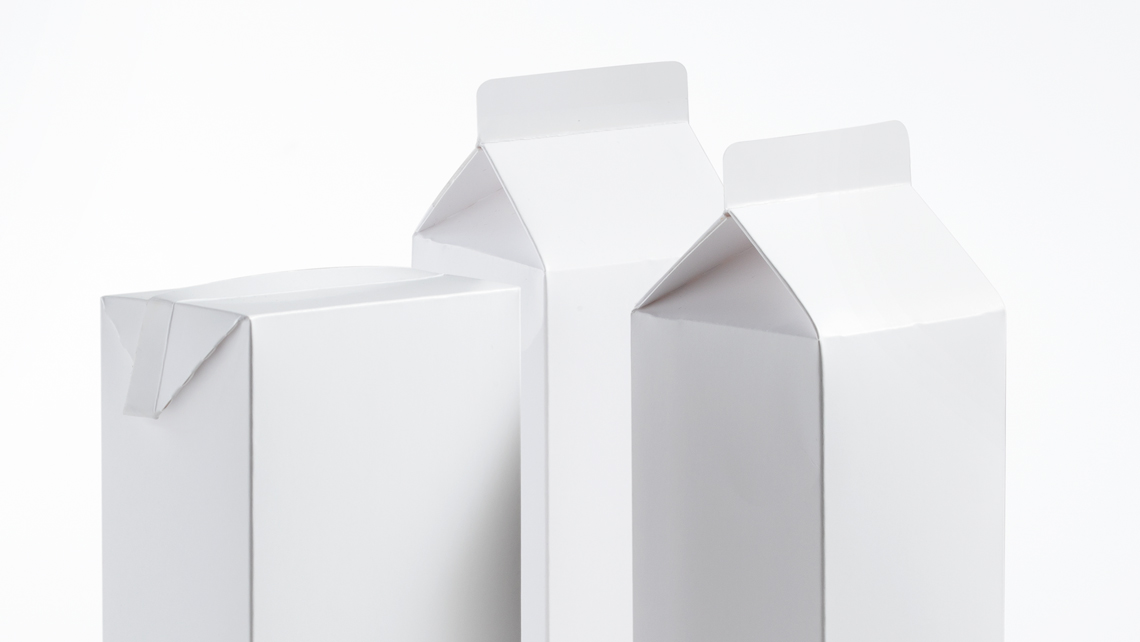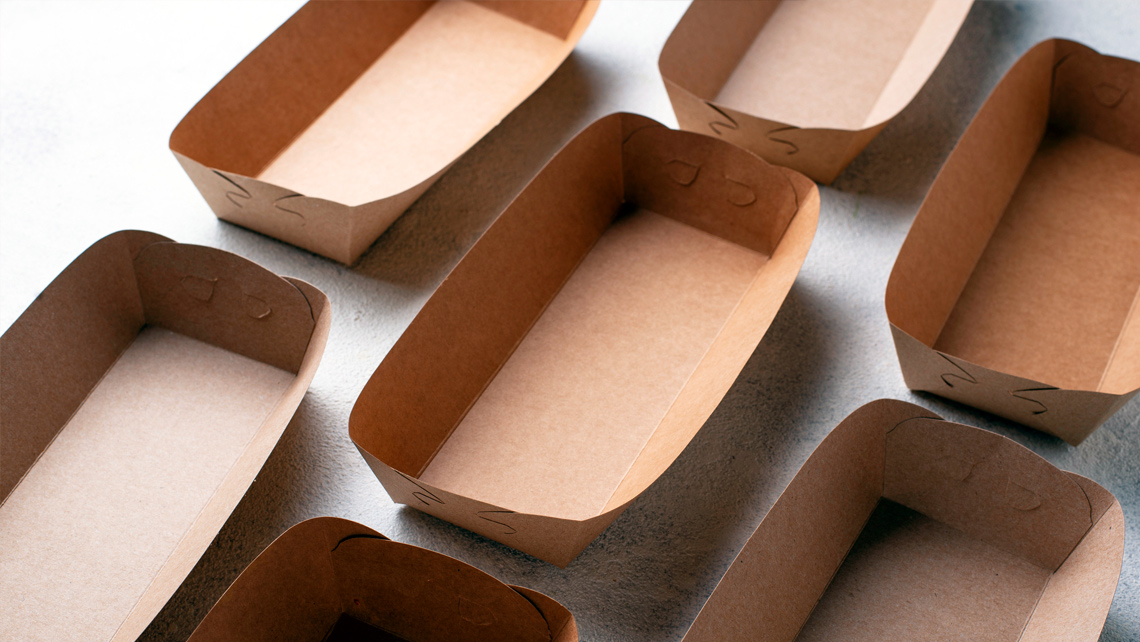Liquid packaging board and other hygienic board grades that are used for packaging food and beverages must comply with strict hygienic requirements. In practice, it is the spore content in the final board that determines the hygienic quality.
“Mature bacterial spores are thermotolerant and cannot be destroyed with standard biocide programs or by the heat of the dryer section similarly as vegetative bacteria. The microbiological control efforts in hygienic board production should be targeted to preventing spore formation,” says Juhana Ahola, Principal Scientist, Microbiology and Biotechnology, at Kemira R&D.
The mechanisms that cause aerobic bacteria to form spores and contaminate the board are complex and difficult to control. There are no quick wins – successful spore prevention requires a holistic approach that is built with deep expertise in microbiology and microbe control, understanding of the production process characteristics, and effective treatment chemicals. In this article, our expert highlights 6 critical areas to focus on to steer clear of bacterial spores.
1. Incoming fresh water
Ensuring the cleanliness of raw materials is one of the keys to effective bacterial spore control on paper and board machines. Raw water treatment is the crucial first step as both mature spores and bacteria that can form into a spore can enter the process with fresh water.
“A pulp mill or a board machine can have an intake of up to 2 to 3 cubic meters of water per second. Here you need a powerful and cost-effective treatment to be able to control the incoming microbial load. It’s the starting point for a clean process.”
Sporulation is a stress response from certain type of bacteria that are common in the papermaking process. The process conditions can trigger sporulation e.g. during a machine shutdown, where the formed spores can end up in the final board when the production is restarted.
“That’s why effective spore control is not just a matter of stopping the mature spores and spore forming bacteria at the water inlet but also to take action to prevent other microbiological problems that can cause runnability issues on your paper machine. Those are the situations where a spore outbreak can happen,” Juhana Ahola points out.
2. Incoming pulp
If a mill wants to produce high quality hygiene board that meets the strict “Dairyman standard” for liquid packaging board (max. 250 CFU/g aerobic bacteria in dry board), there’s no room for spores in the incoming pulp, either.
“This is typically one of the most challenging areas in spore control. The amount of spores that can be present in the incoming pulp before it jeopardizes the hygienic quality of the board is actually very low. When we analyze the impact of the raw material cleanliness on the board, the results often come as a surprise to the mill,” Ahola says.
To prevent the formation of new spores, a consistent microbe control strategy needs to be in place. Even if there’s a high level of vegetative bacteria present in the process, the number of spores can be low if the focus is on maintaining process conditions that prevent spore formation.
“When a board machine runs without breaks, there’s no time for the bacteria to form a spore in the process before reaching the dryer section. The problems arise when there’s e.g. an unplanned machine shutdown and the pulp stays in storage for extended times. The lack of oxygen can trigger sporulation in the storage tank and after 8 hours, the spores have also matured. The situation requires close attention and care, otherwise the spores will contaminate the next production run,” Ahola explains.
3. Broke towers
Adjusting to the variations in the production rate is also crucial for the microbiological control in the broke towers. Disturbances and breaks in the production process cause interruptions to the regular uptake from the towers, and if there’s high microbiological activity in the tower, the delay can cause the broke preservation to fail.
“One thing that often gets overlooked at mills is that after a break, both the broke and the pulp towers would need to be emptied before starting to refill them again for use. Otherwise you risk getting pulp that is rich in spores. My colleague uses a great allegory to make the point clear: if you have spoiled milk in a glass, pouring fresh milk on top of it doesn’t make it drinkable.”
4. Circulation water
In effective spore control, monitoring and controlling slime-producing microorganism in the white water circuits is an important piece of the puzzle. Although filamentous bacteria cannot turn into a spore, the slimy deposits they form cause runnability issues and stoppages that can in the end create favorable circumstances for sporulation e.g. in the storage towers.
“A puzzle is actually a good word to describe the big picture here. You need broad expertise in microbe control and a holistic view of the microbiology of the papermaking process in order to succeed in spore control. If one piece is missing, the picture crumbles.”
Juhana Ahola stresses the need for collaboration throughout the board making process. Optimizing operations and treatment chemistry dosing in one point of the process doesn’t do much good if the microbiological control fails elsewhere.
5. Coatings
Coatings that are in direct food contact, such as barriers, must obviously meet the strictest regulatory demands to ensure both food safety and the health of the consumers. In hygienic board, the total microbiological content of the final board determines its quality, so all coatings and additives play an important role.
“Coatings are one more possible source of bringing vegetative bacteria into the process and can also suffer from spore formation in the case of a shutdown and increased circulation. Maintaining a low microbe content in a coating slurry is one of the steps to ensure board hygiene. Again, active slurry preservation also helps manage other microbiological issues, such as fungi content in board.”
6. Operations and housekeeping
“Microbe control is not just a matter of dosing the right chemicals in the right place at the right time. It requires a comprehensive mindset that is focused on hygiene. All the process operations and housekeeping at the mill need to be aligned and targeted to maintaining a clean machine and producing the highest quality paperboard that meets the required specifications,” Juhana Ahola sums up.
For example, a mill can improve their microbiological performance without increasing the consumption of biocides by just monitoring more closely the pulp storage towers and running the process consistently so that the tanks and pipelines are emptied on regular intervals.
Microbe control is not just a matter of dosing the right chemicals in the right place at the right time. It requires a comprehensive mindset that is focused on hygiene.
Focus on building a hygienic work culture is especially essential at paper machines that convert from producing e.g. 1-ply graphic paper to producing 3-ply food packaging board. The lack of experience in strict microbiological control can lead to harmful ways of working.
“It takes time and knowhow to adopt a hygienic way to run the production process. Some basic things, such as the overall cleanliness of the mill surfaces suddenly become critical when switching to producing food packaging grades.”
In the end, the presence of microbes in the papermaking process is inevitable. “Mills that aim to produce high quality hygienic board needs to adopt a comprehensive approach with the best expertise, technology, and high-performing chemistry,” Juhana Ahola says.
Kemira’s patented biocide program to control spores consists of FennoClean treatment concepts and KemConnect digital solutions for real-time measuring and monitoring. Working together with the customers, Kemira’s experts build microbe control throughout the process utilizing online and laboratory analytics capabilities to discover the root causes for microbiological issues, choosing effective treatment that doesn’t affect functional chemistry in the process or create other problems such as corrosion, and determining the most impactful chemistry dosing points.


